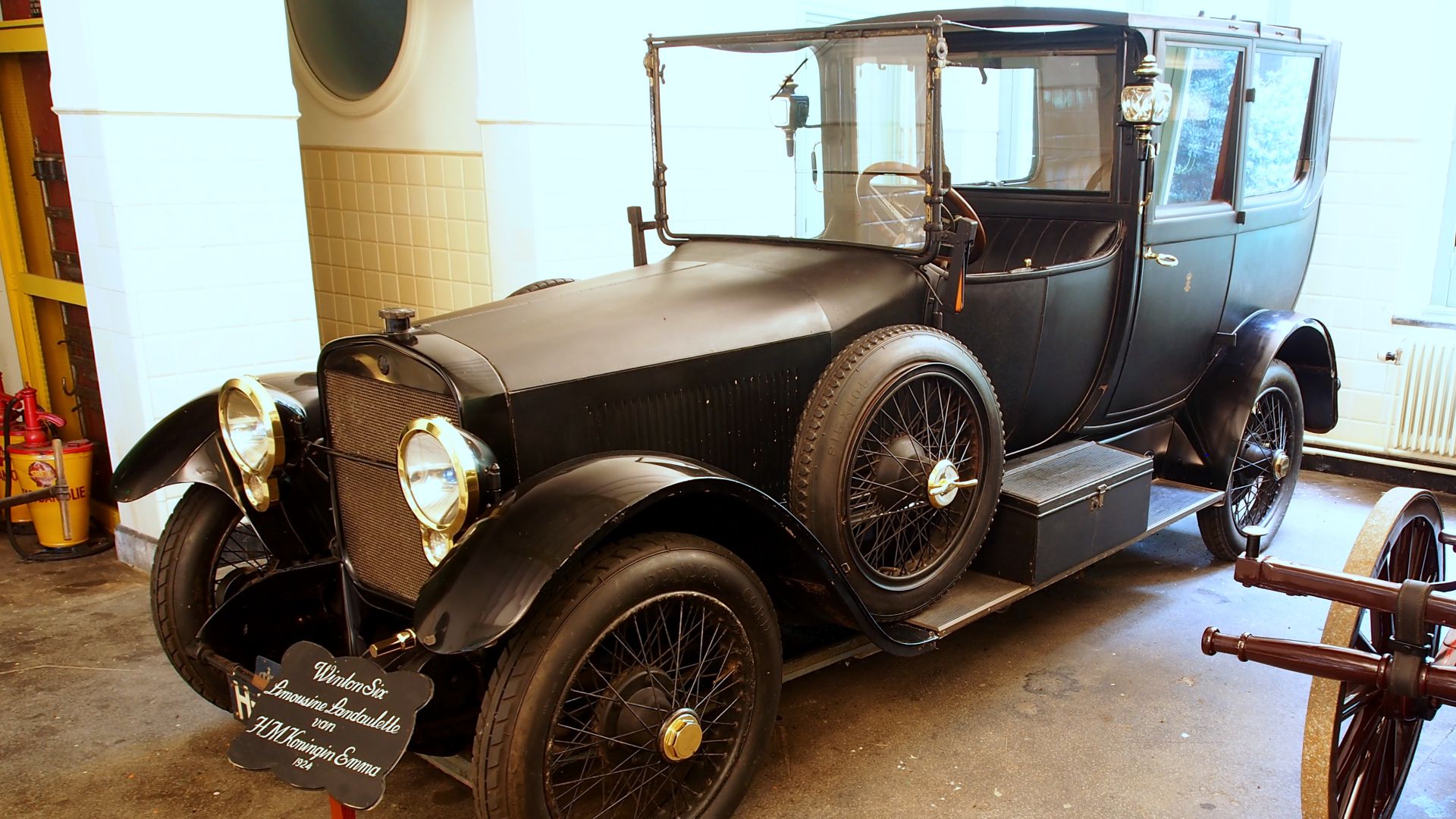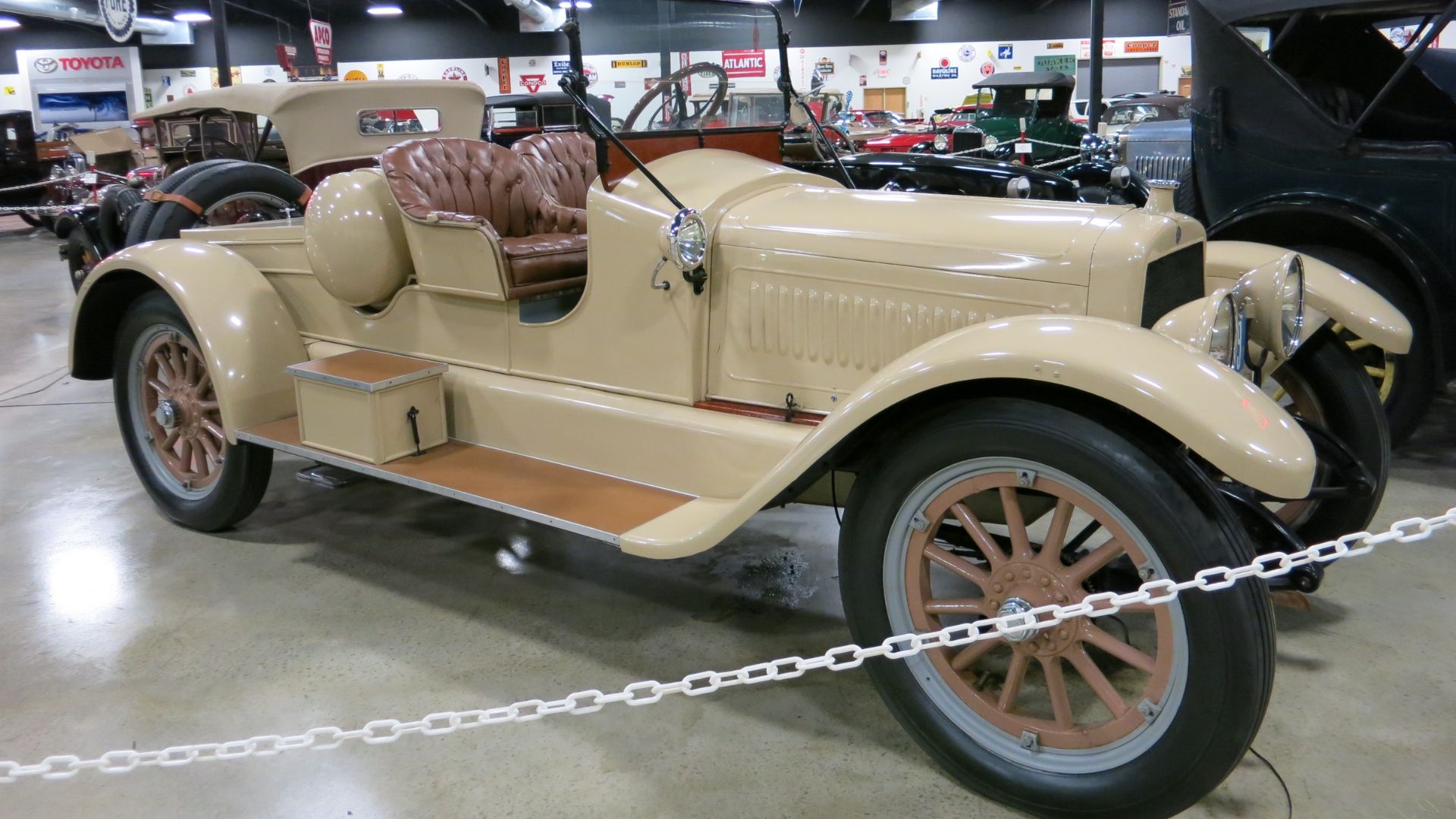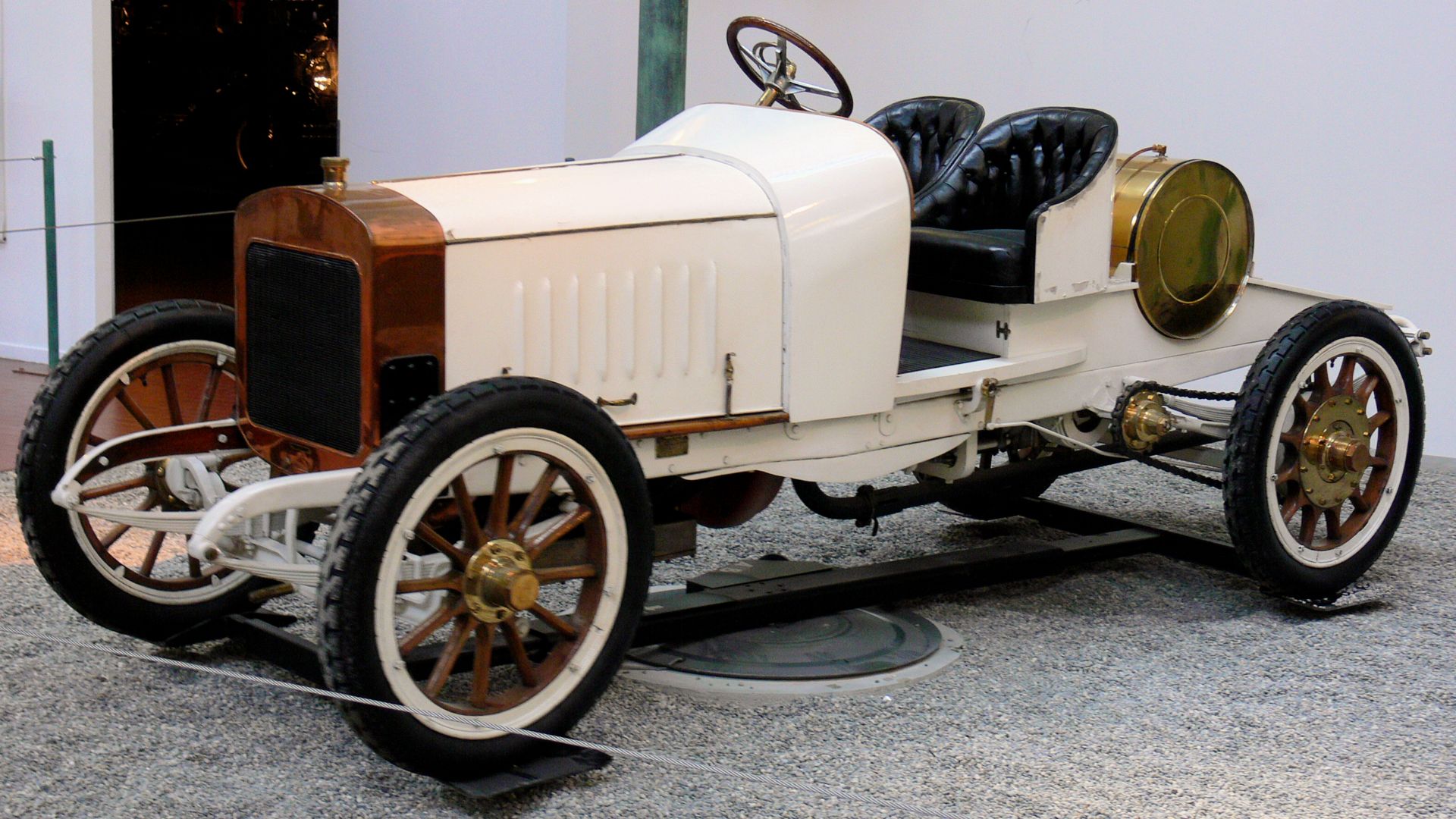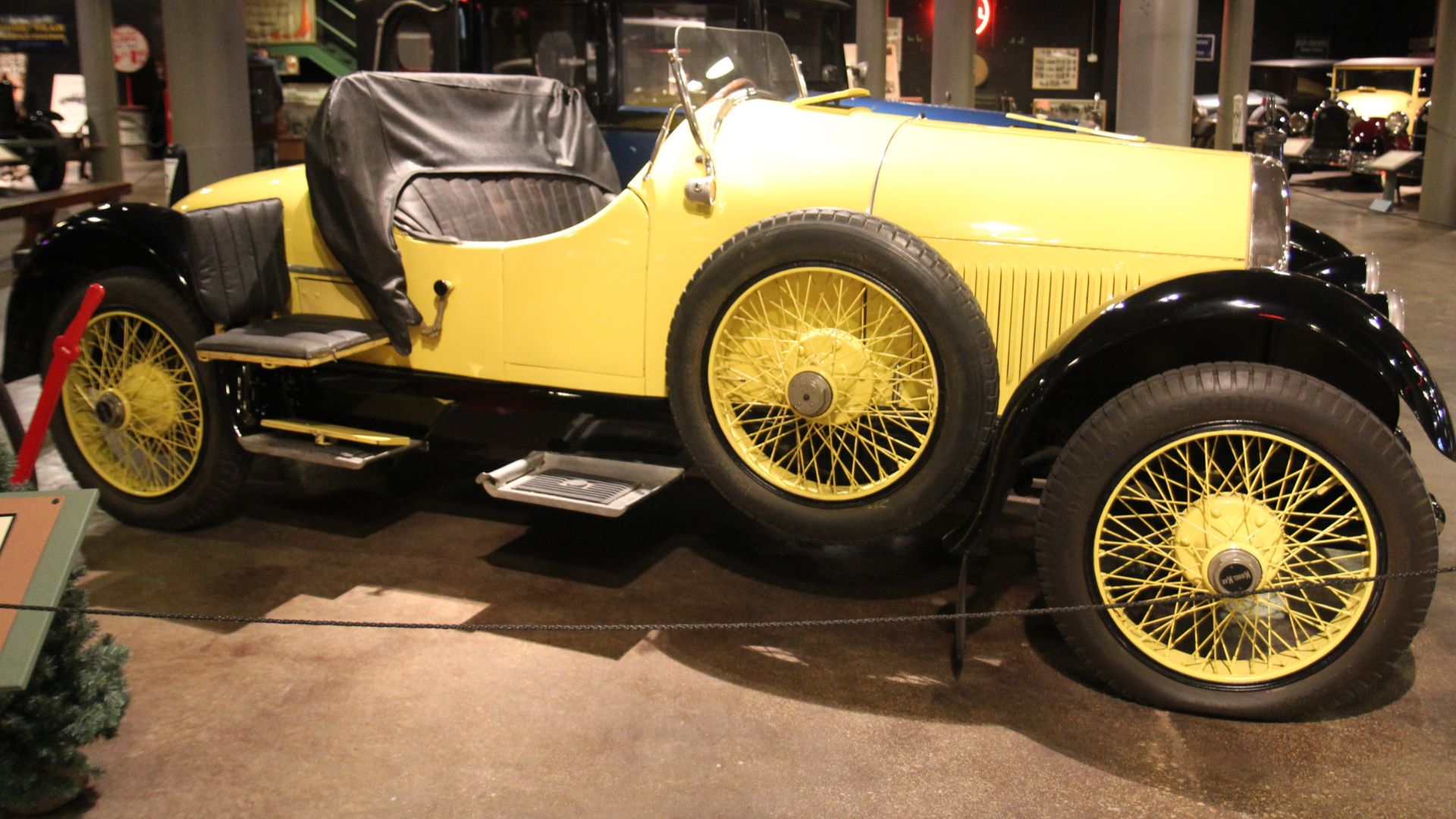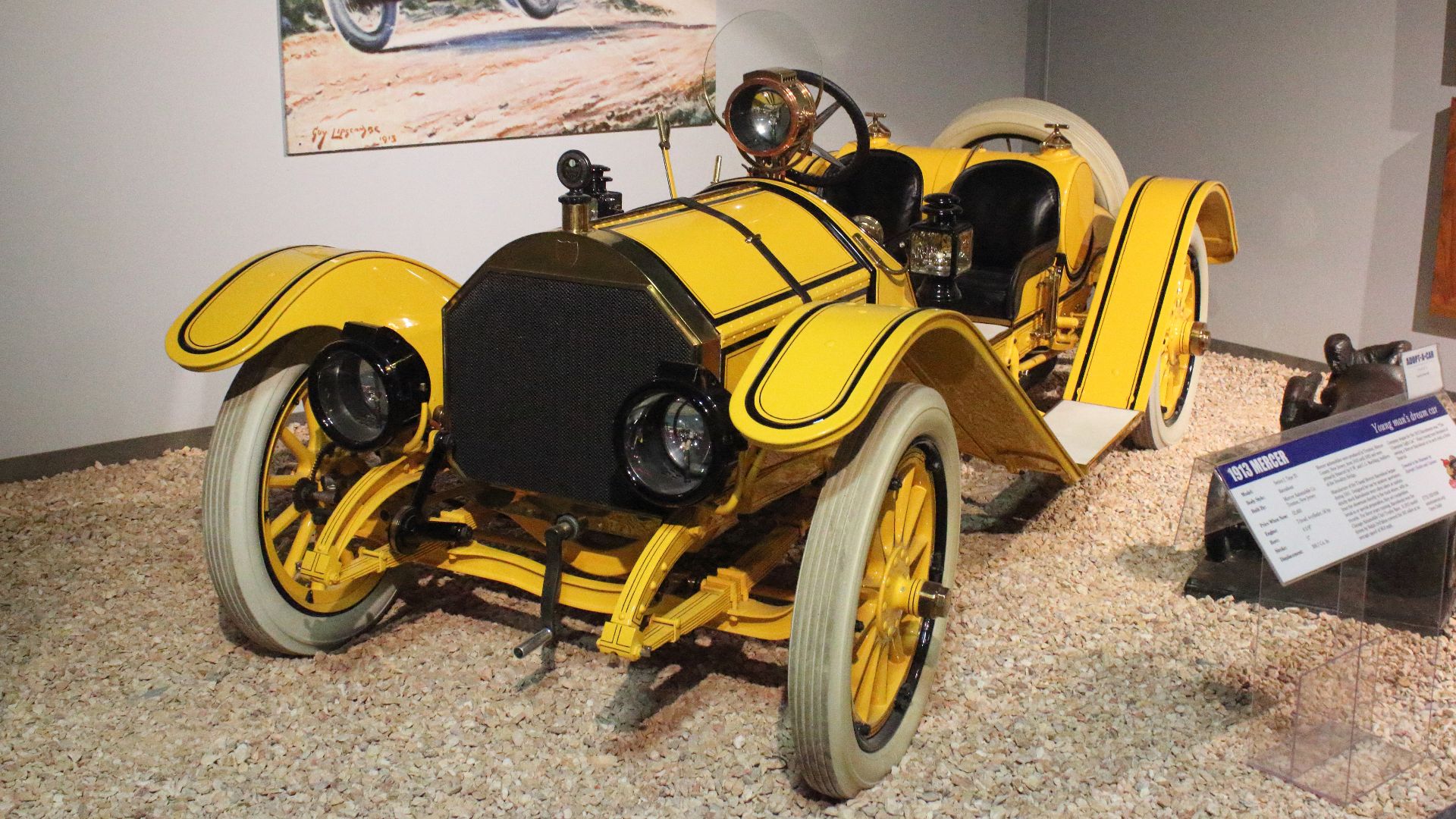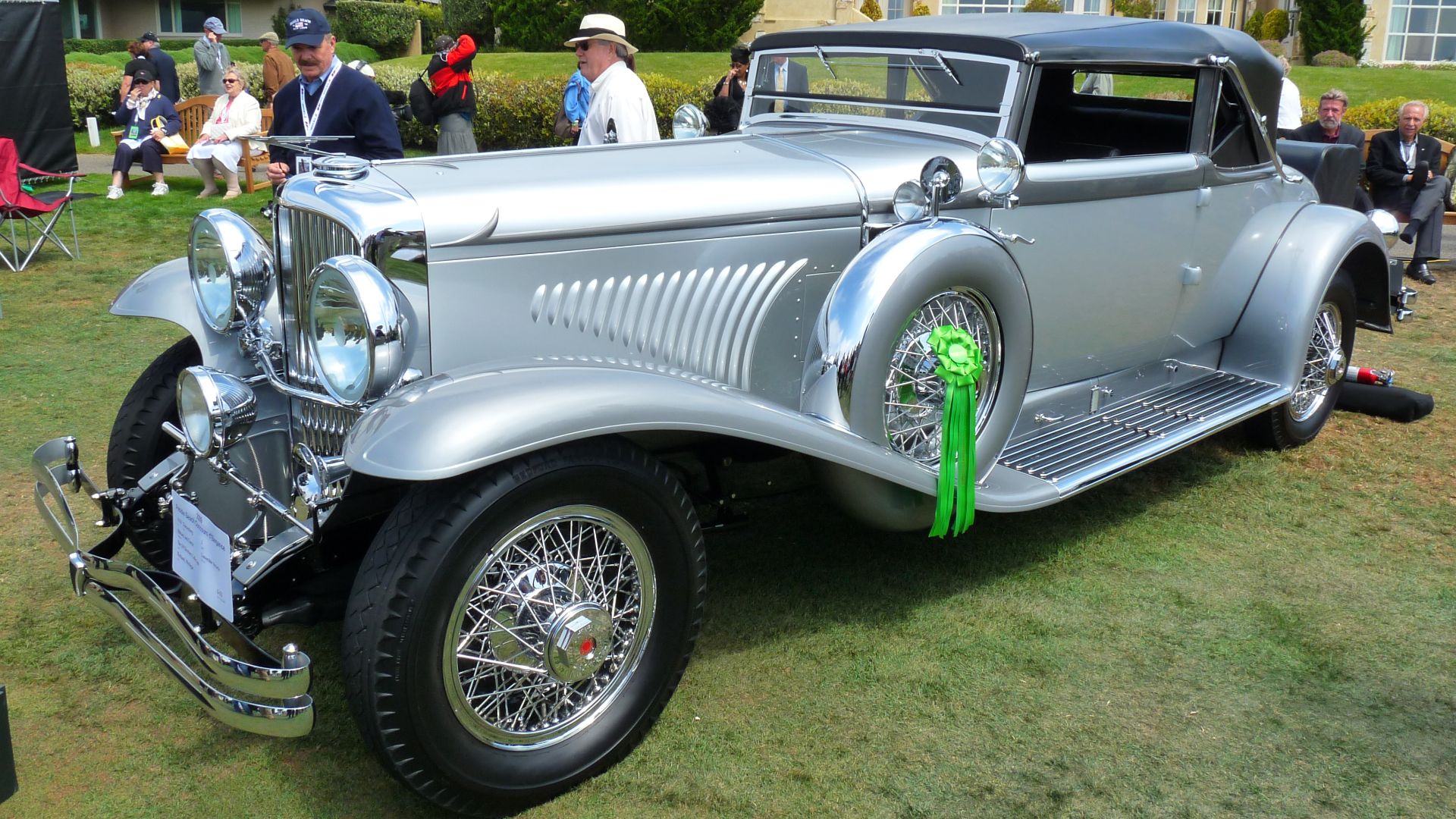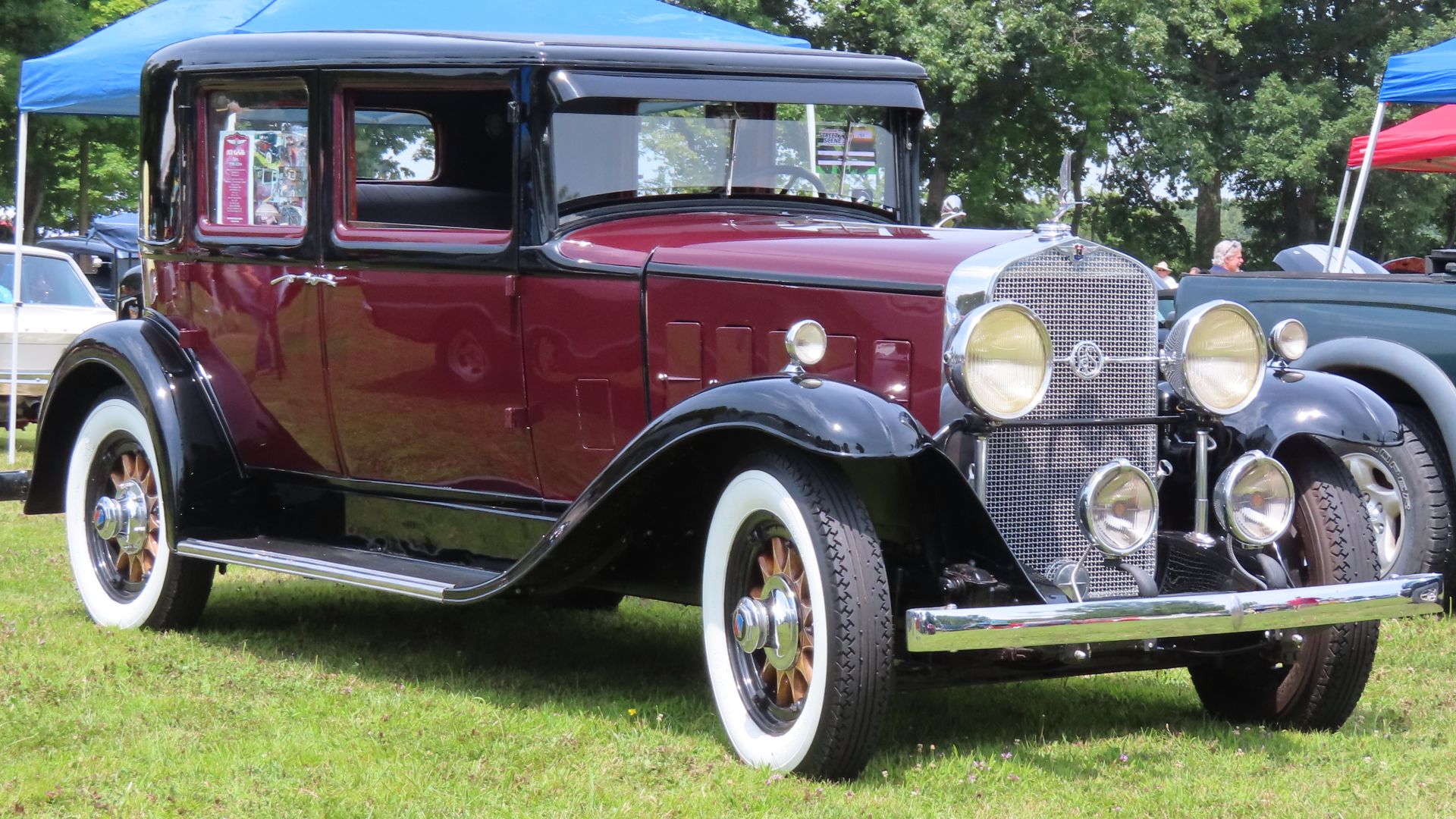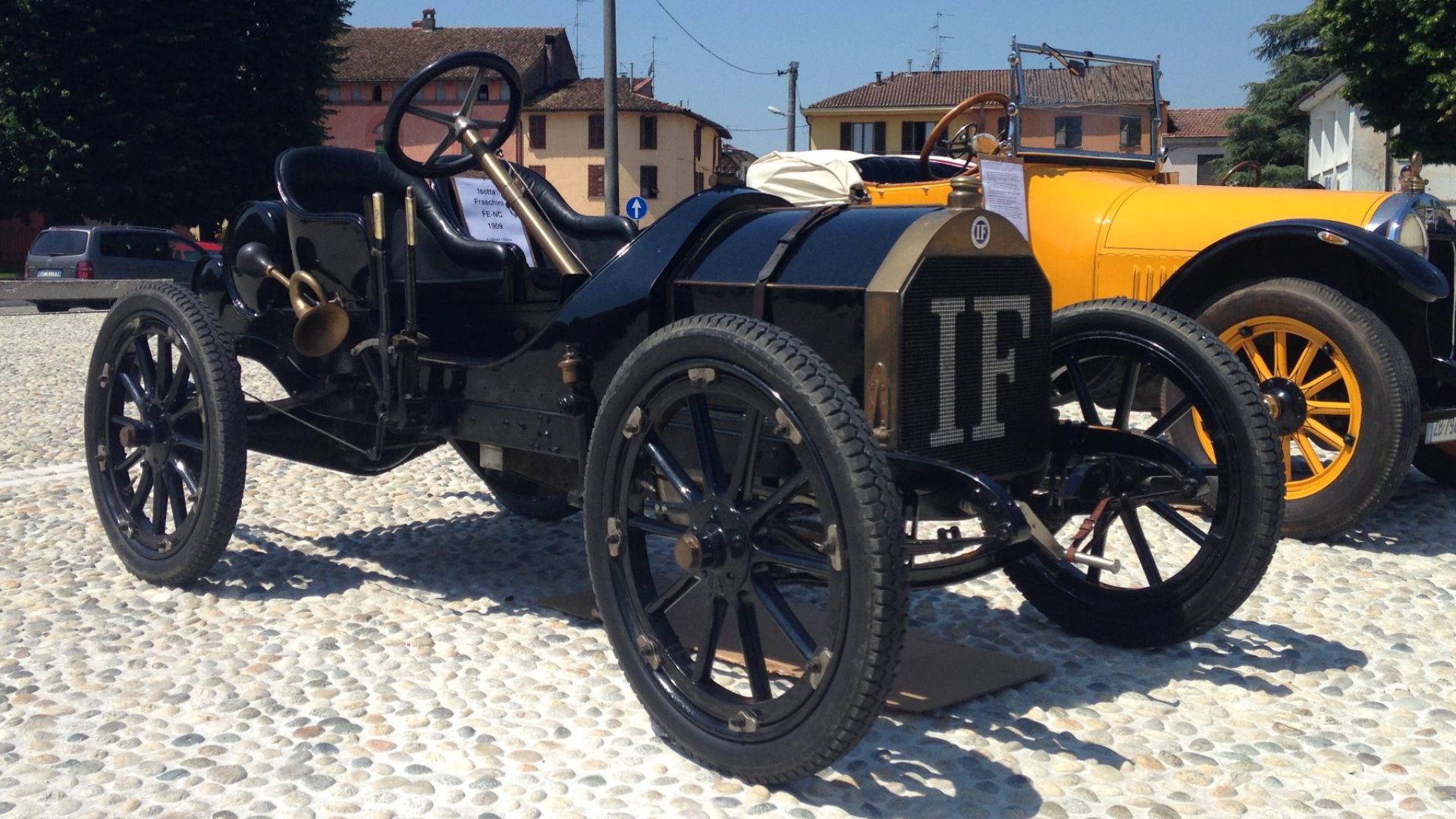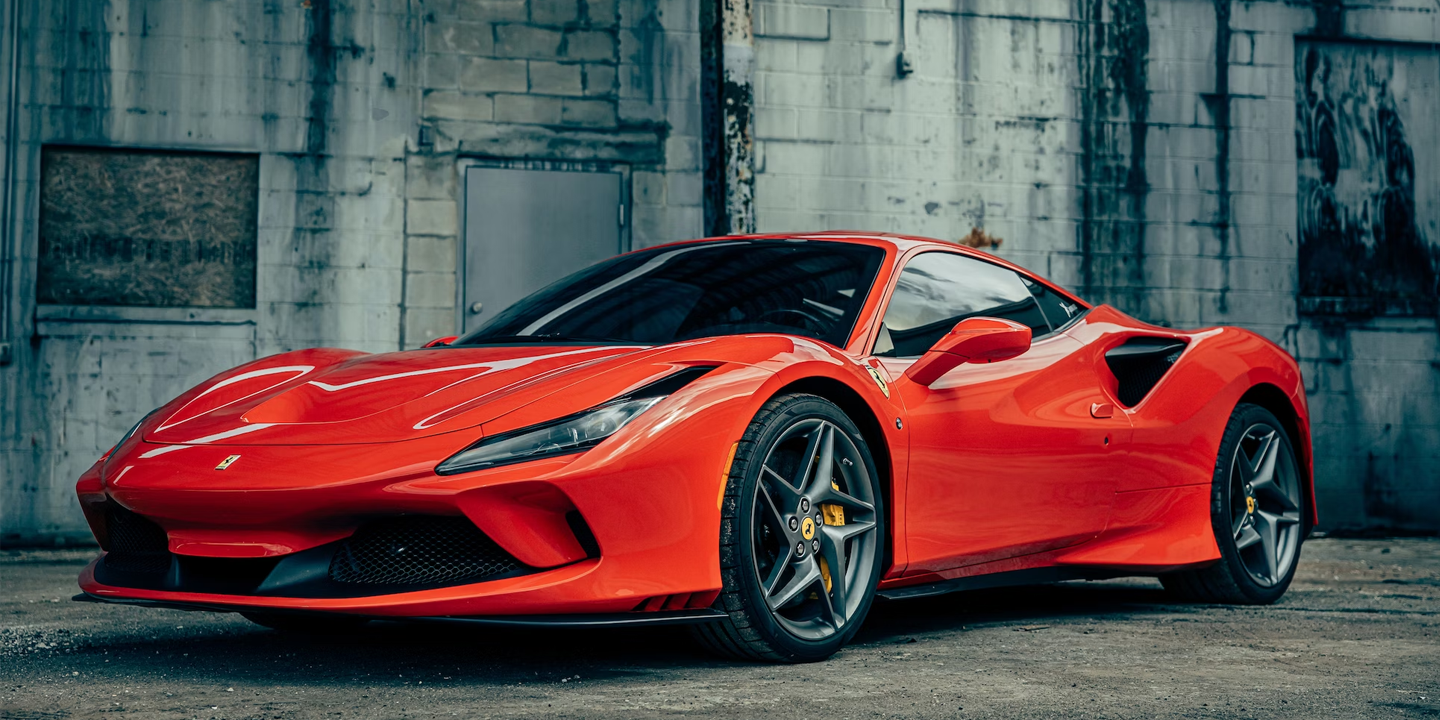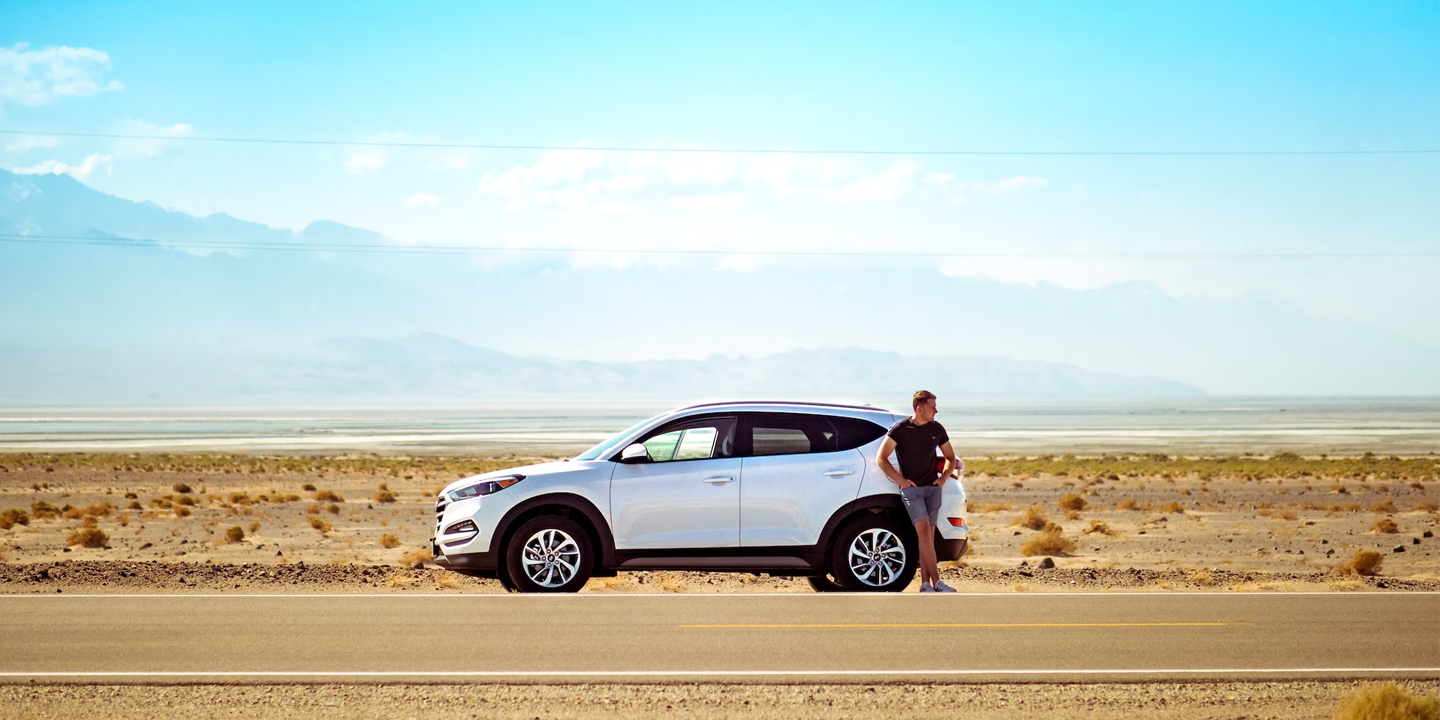The Fall Of Automotive Royalty
They once ruled the road, admired for their elegance and power. These luxury automakers built dreams on four wheels before the tides of innovation and economics overtook them. Some collapsed in spectacular fashion, others quietly drifted away. Their engines may be silent, but their legacies still echo—let’s revisit the brands that refused to be ordinary.
 John Wiley from Seattle, United States on Wikimedia
John Wiley from Seattle, United States on Wikimedia
1. Winton (1896–1930)
Scottish immigrant Alexander Winton turned his bicycle-building skills into early automotive innovation when he founded the Winton Motor Carriage Company. Winton, an early player in U.S. auto history, achieved a milestone with the country’s groundbreaking cross-country car journey before folding.
2. Packard (1899–1958)
When Packard pioneered the first production-car air-conditioning system in 1940, it perfectly symbolized the brand's innovative luxury spirit. True to its slogan, “Ask the Man Who Owns One,” this car ruled the high-end market until its merger with Studebaker marked the end of an American classic.
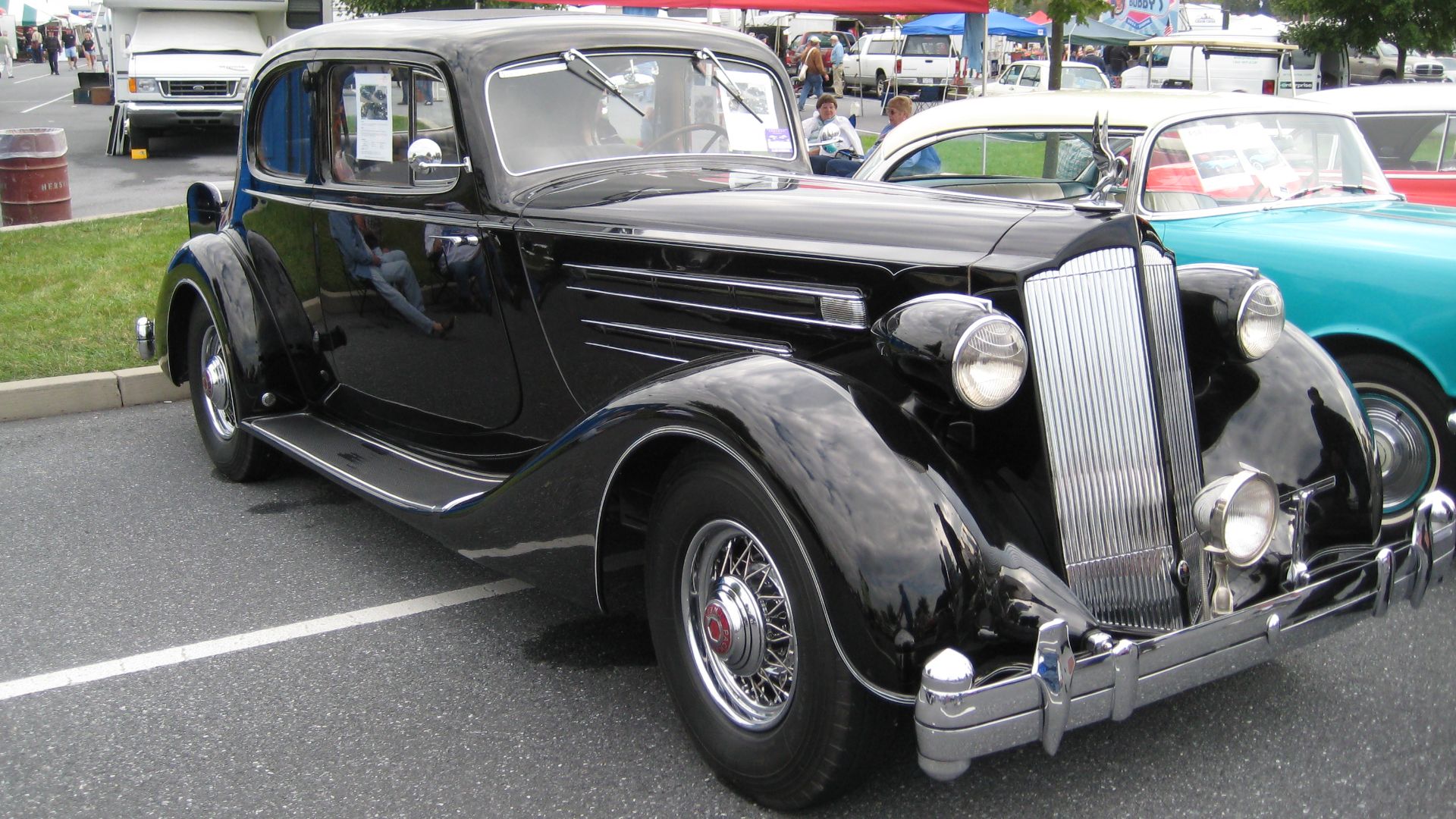 JOHN LLOYD from Concrete, Washington, United States on Wikimedia
JOHN LLOYD from Concrete, Washington, United States on Wikimedia
3. Pierce-Arrow (1901–1938)
Pierce-Arrow stood out with its signature fender-mounted headlights and precision engineering. From its Buffalo headquarters, the brand attracted elite drivers—including President William Howard Taft—who proudly chose Pierce-Arrow for his official car. It defined luxury motoring for a generation.
4. Marmon (1902–1933)
The rearview mirror? Thank Marmon. The brand’s groundbreaking Wasp introduced it while winning the first Indy 500. Marmon also pioneered aluminum car bodies and produced the legendary Marmon Sixteen, cementing its innovative reputation before closing its chapter in automotive history.
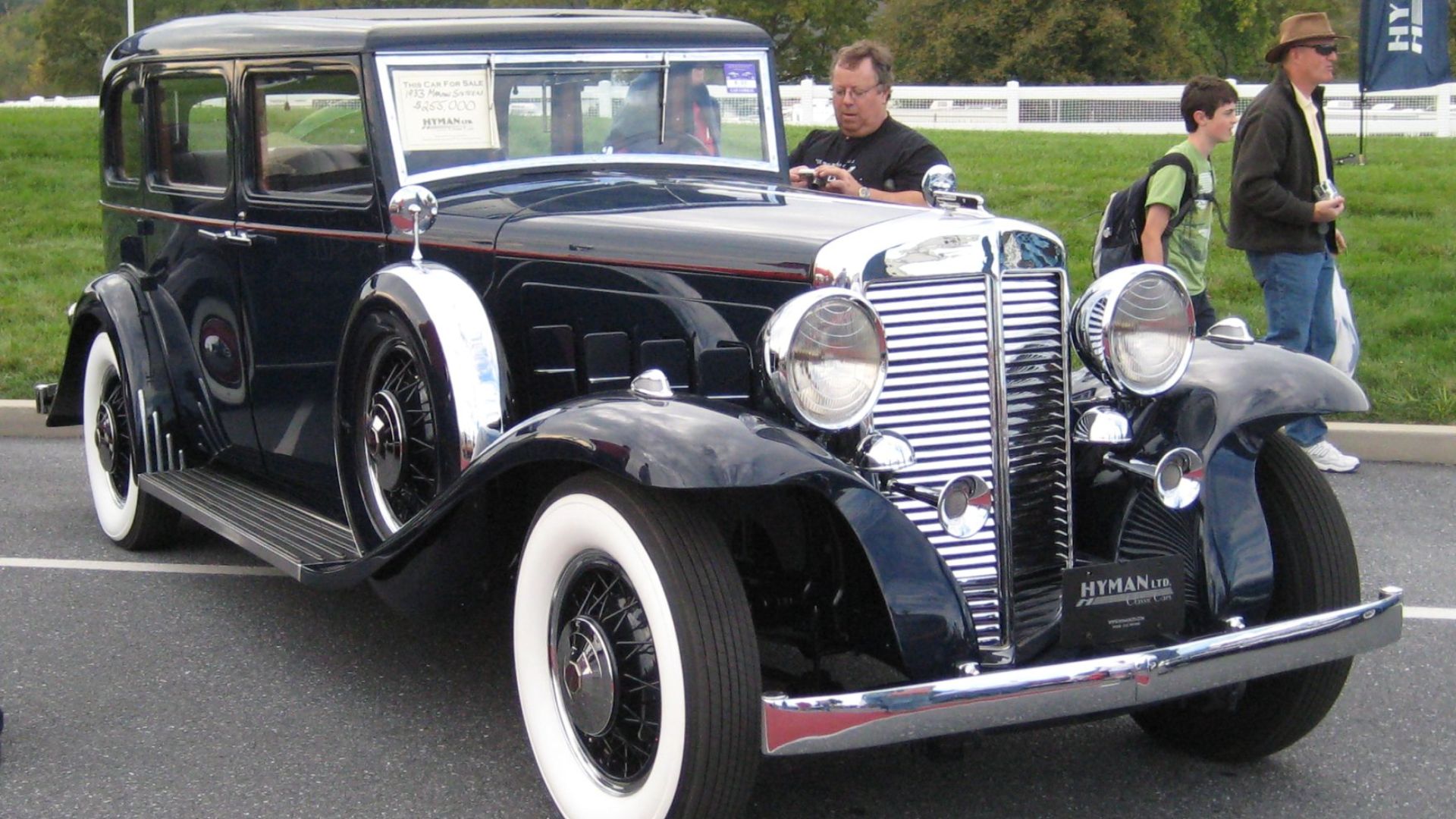 JOHN LLOYD from Concrete, Washington, United States on Wikimedia
JOHN LLOYD from Concrete, Washington, United States on Wikimedia
5. Lozier (1900–1915)
Lozier built America’s most expensive luxury cars—symbols of gilded-era wealth and elite engineering. Despite its racing success in Vanderbilt Cup events, the company’s ultra-premium approach couldn’t survive post-war economics, which led to its eventual decline and exit from the market.
6. Welch (1901–1911)
The Welch Motor Car Company wowed early auto fans with advanced overhead camshaft engines. But its innovative designs caught General Motors’ attention, and the Michigan-based pioneer was soon absorbed—marking the end of its independent streak.
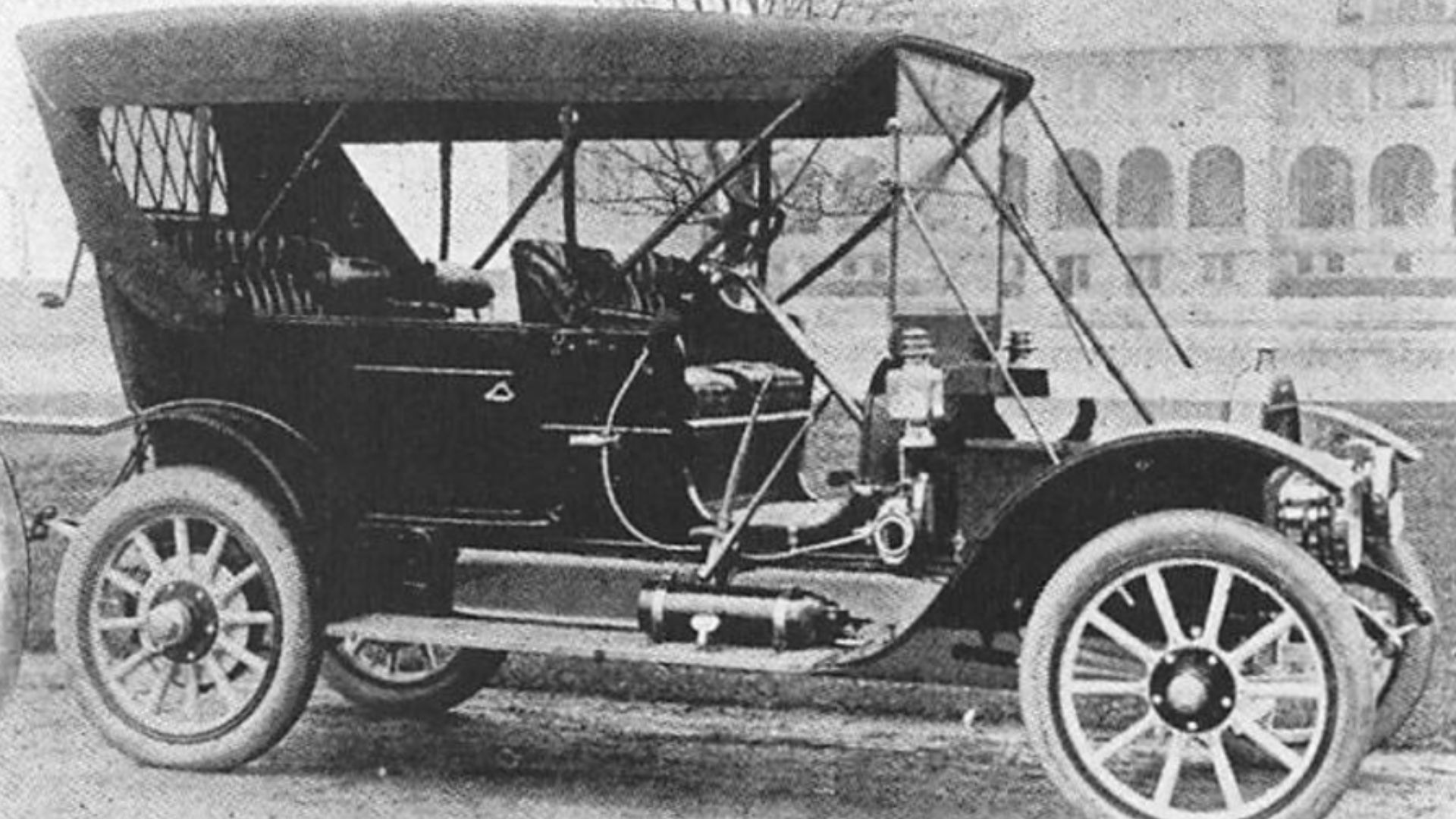 Unknown authorUnknown author on Wikimedia
Unknown authorUnknown author on Wikimedia
7. Pope-Toledo (1903–1909)
When most carmakers were still experimenting, Pope-Toledo bet on water-cooled engines to power its luxury models. Operating as part of the Pope automobile empire, the brand’s rise ended abruptly when a factory fire shut down its promising future.
8. Simplex (1906–1920s)
Simplex delivered pure automotive excellence, creating powerful, elegant machines for wealthy drivers who raced and toured across America. Based in New York City, it thrived until financial troubles and a reorganization slowly drove it off the road.
9. Kissel (1907–1931)
In the small town of Hartford, Wisconsin, Kissel began crafting luxury cars and quickly made waves with its glamorous “Gold Bug” Speedster. Celebrities like Amelia Earhart adored it, but the beloved small-town automaker eventually built its last masterpiece.
10. Crane-Simplex (1915–1923)
When Crane Motor Company joined forces with Simplex, the result was pure luxury perfection. The new brand made exclusive cars with advanced six-cylinder engines and refined chassis designs that turned heads among America’s elite until production ended.
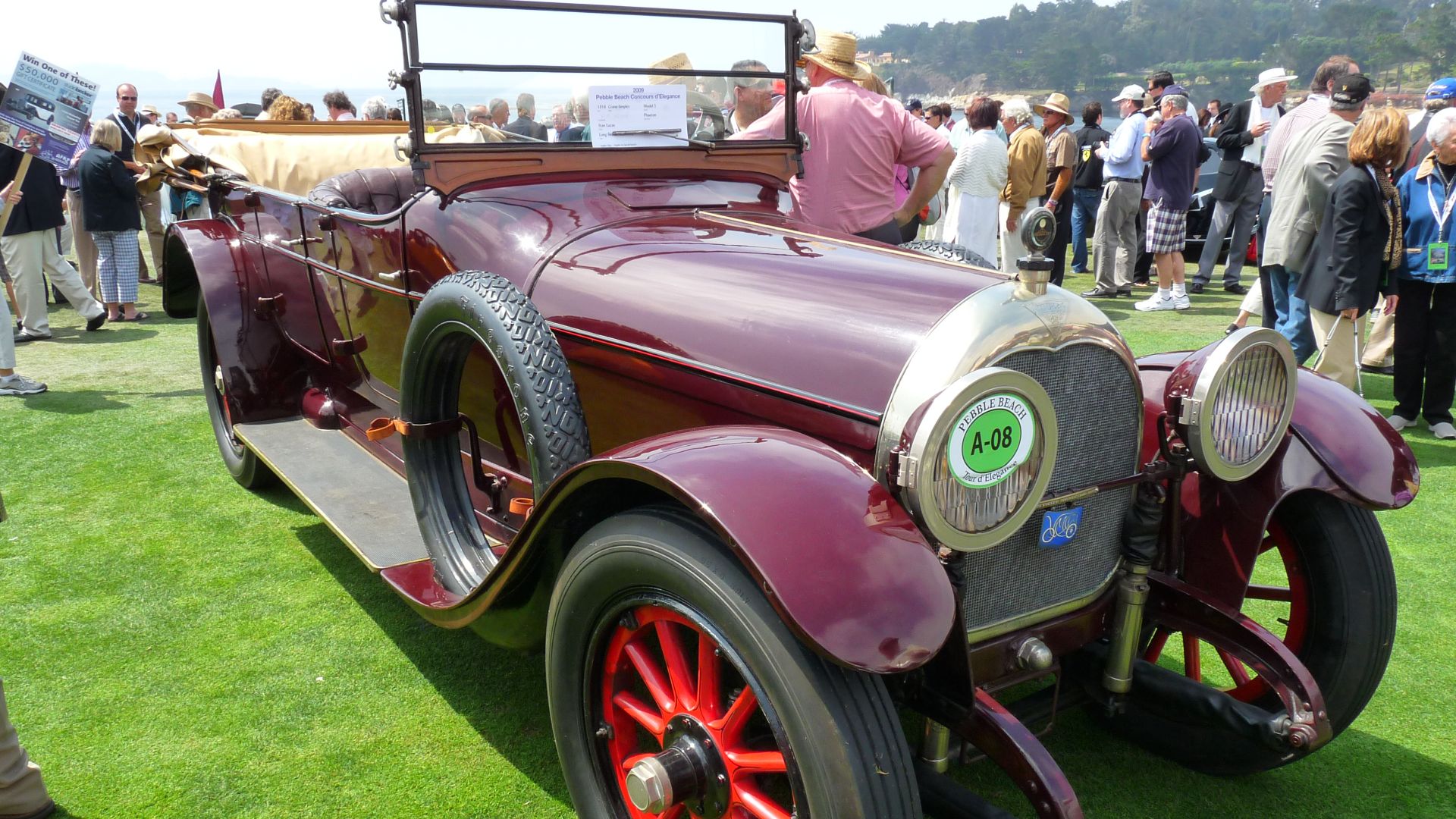 Craig Howell from San Carlos, CA, USA on Wikimedia
Craig Howell from San Carlos, CA, USA on Wikimedia
11. Mercer (1909–1931)
Car fans still call the Mercer Raceabout the original American sports car. Built in Trenton, New Jersey, Mercer produced this legend with incredible handling and design that made it a true classic of speed and innovation.
12. Stutz (1911–1935)
Indianapolis takes pride in Stutz, a brand that proved its worth at the Indianapolis 500. Its sleek racers lived up to the motto “The Car That Made Good in a Day,” while the iconic Bearcat became one of Stutz’s finest achievements.
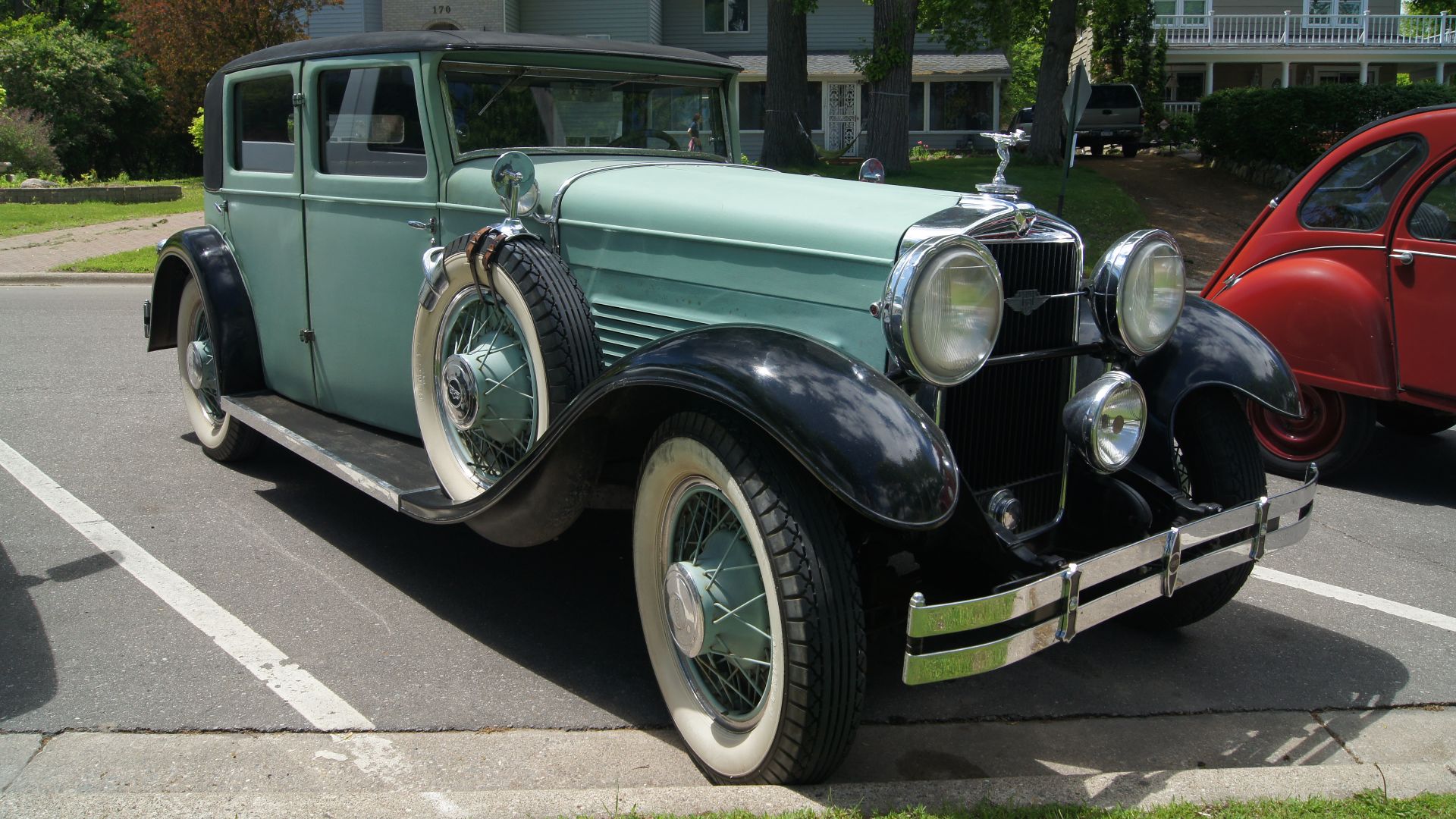 Greg Gjerdingen from Willmar, USA on Wikimedia
Greg Gjerdingen from Willmar, USA on Wikimedia
13. Duesenberg (1913–1937)
Brothers Fred and August Duesenberg turned mechanical genius into automotive art. Their luxury cars were among the world’s best, so admired that the phrase “It’s a Duesy” became a byword for excellence. Their brilliance became legend after the company’s end.
14. Auburn (1900–1937)
Auburn’s Speedsters weren’t just fast. They were breathtaking. This Indiana-born luxury brand built cars that defined excitement and style. Though the company went silent, its former headquarters, now a museum, keeps Auburn’s spirit alive through history.
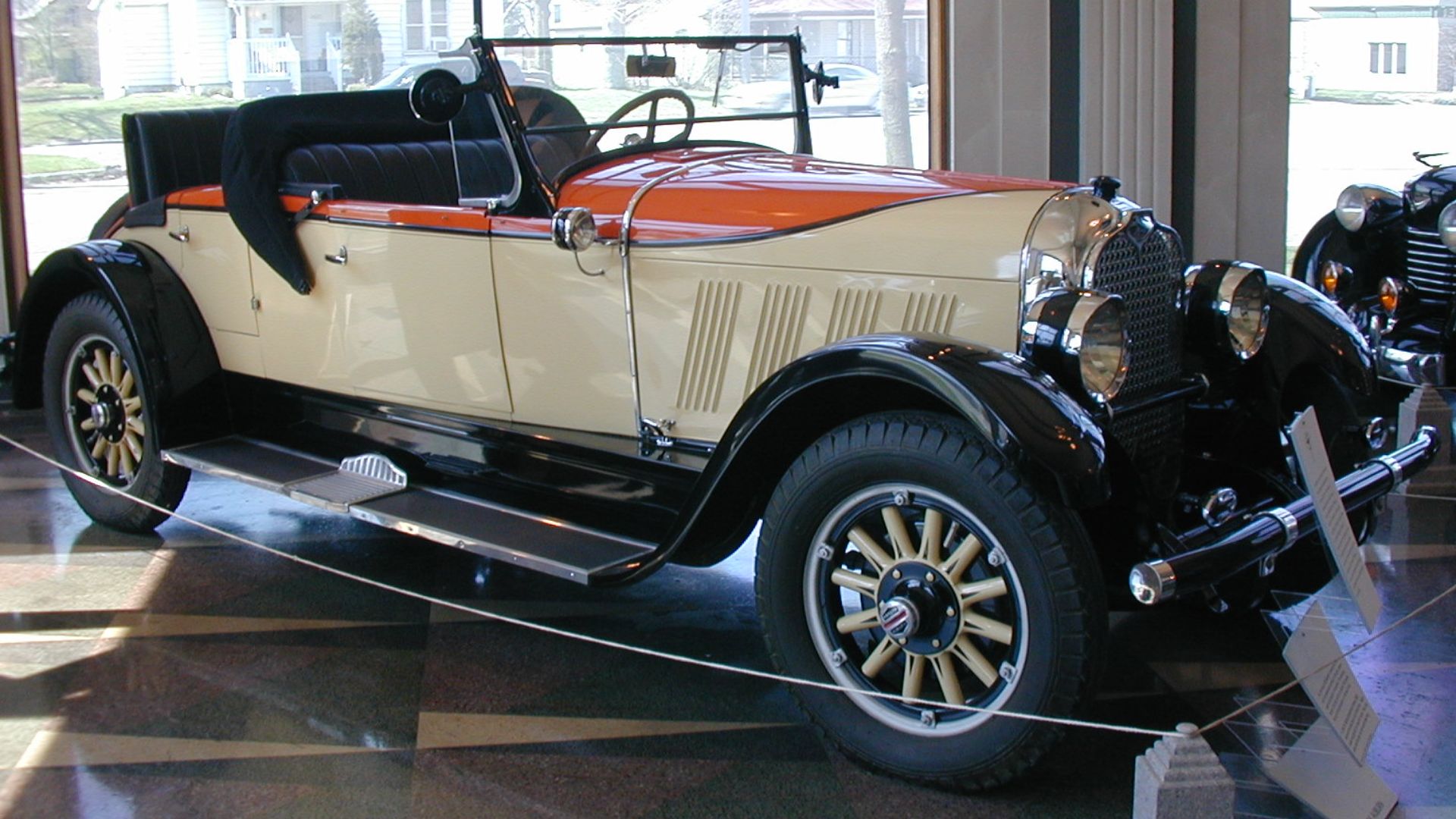 Joe Ross from Lansing, Michigan on Wikimedia
Joe Ross from Lansing, Michigan on Wikimedia
15. Cord (1929–1937)
Long before modern automakers bragged about innovation, Cord was already breaking barriers. It introduced front-wheel drive and hidden headlights in its 810 and 812 models. Its striking “Coffin Nose” design became immortal—even after the company folded.
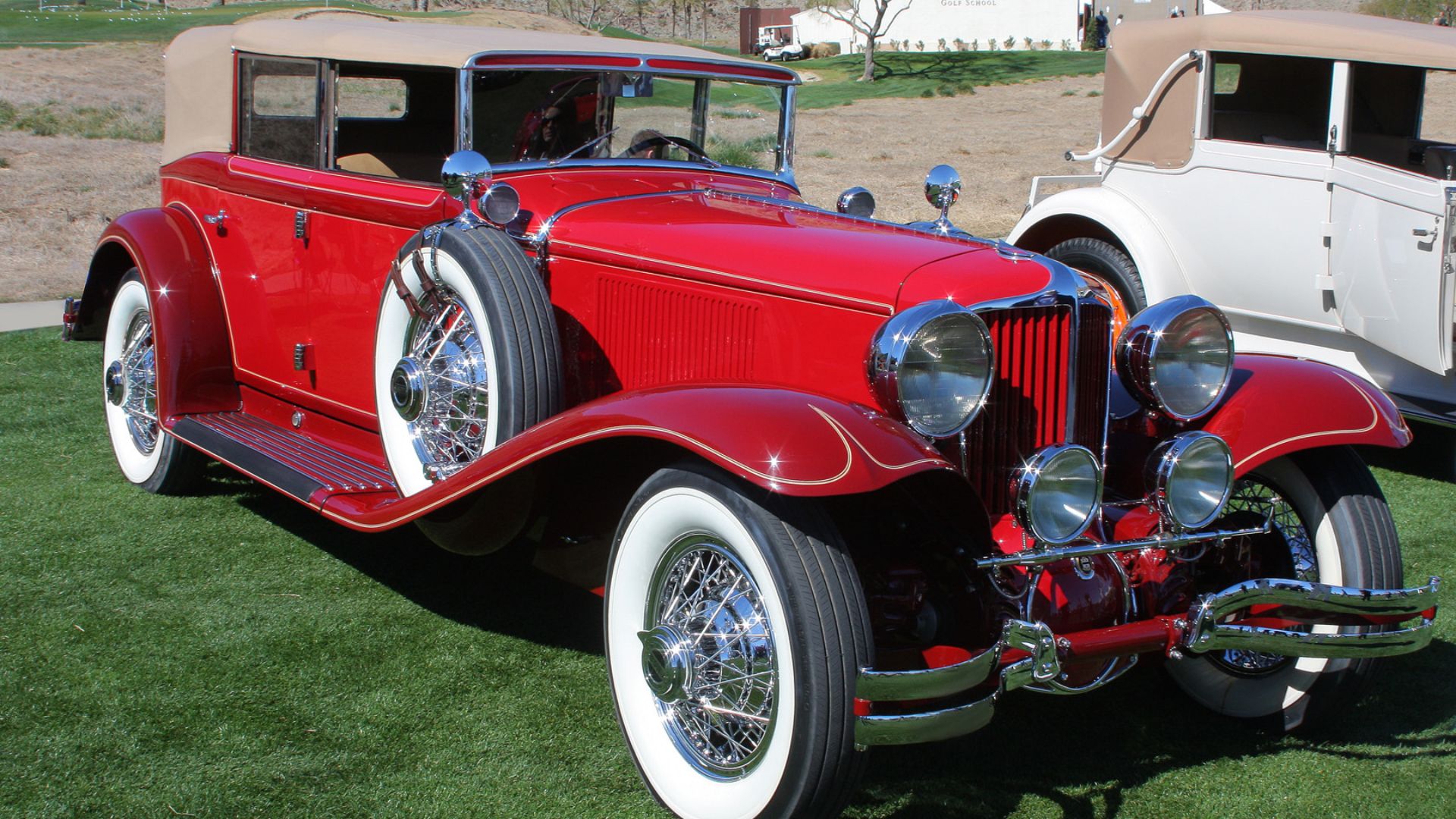 Rex Gray from Southern California on Wikimedia
Rex Gray from Southern California on Wikimedia
16. LaSalle (1927–1940)
LaSalle, launched by General Motors, was Cadillac’s stylish companion brand. With Harley Earl’s design leadership, it became one of America’s first professionally styled cars. Though discontinued, LaSalle left a design legacy that shaped Cadillac’s future look.
17. Isotta-Fraschini (1900–1949)
That dazzling car from Sunset Boulevard wasn’t a prop—it was a real Isotta-Fraschini. The Milan-based maker produced luxurious, innovative vehicles adored by royalty and movie stars. Its elegance and power made it one of Europe’s grandest automotive icons.
18. Horch (1899–1959)
Founded by August Horch, this German luxury brand became known for precision engineering before merging with Auto Union. When operations ended, its legacy lived on through Audi—whose name translates to “listen,” just like Horch in Latin, preserving its spirit.
19. Napier (1900–1924)
Napier made history with its six-cylinder engines, setting multiple land speed records. The British brand’s brilliant engineering defined early luxury motoring before it switched gears—literally—by focusing on aircraft engines and leaving its car-making legacy behind.
 somaditya from Crawley, England on Wikimedia
somaditya from Crawley, England on Wikimedia
20. Daimler (1896–2007)
Though it shared a name with Germany’s Daimler, Britain’s version carved its own path. Famous for royal approval and engineering marvels like the Double Six V12, Daimler’s independence ended when Jaguar took over, though the badge lasted for decades.


